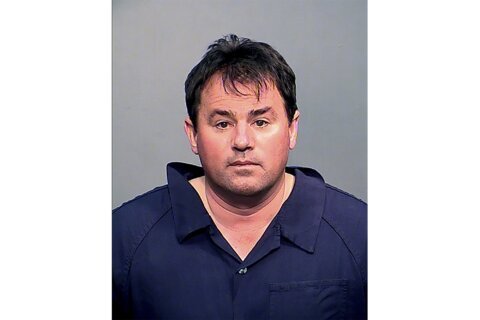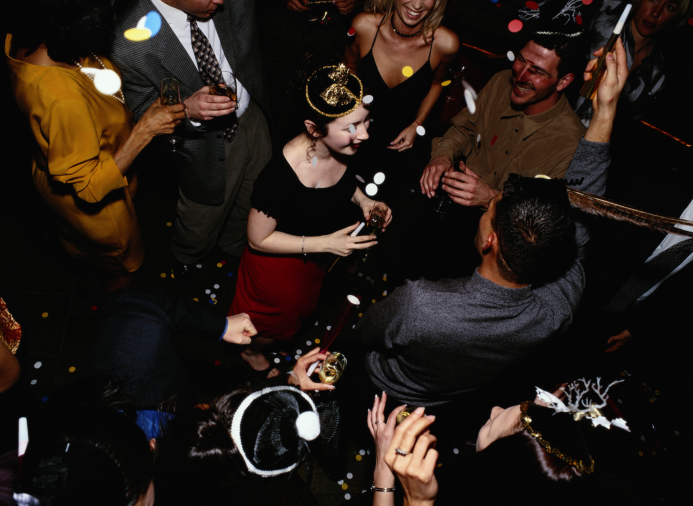VATICAN CITY (AP) — The Vatican on Monday unveiled its groundbreaking project for the upcoming Venice Biennale of Art: A multimedia installation located inside Venice’s women’s prison, created with the active participation of inmates and artists and open to the public under strict security conditions.
Pope Francis himself is expected to visit the Holy See pavilion “With My Eyes” on April 28, marking the first time a pontiff has visited the Biennale, which this year is being organized for the first time by a Latin American curator and has as its theme “Foreigners Everywhere.”
The Holy See has participated in the past few editions of the art and architecture Biennales. But at the unveiling Monday, officials stressed the absolute novelty of this year’s Vatican pavilion, given the unprecedented permission from Italian judicial authorities to allow Vatican curators to mount the exhibit in the Giudecca prison and involve the inmates in the works.
Half a dozen artists will work alongside them, reflecting Francis’ belief in the value of dialogue, solidarity and fraternity. Most notably, Maurizio Cattelan is producing what curators described as a “large outdoor artwork” on the façade of the prison chapel.
Cattelan’s return to Venice comes almost a quarter-century after he shocked Catholics with his provocative “The Ninth Hour,” (La Nona Ora) featuring a life-sized wax Pope John Paul II lying on his side, crushed by a massive black meteorite, that was displayed at the 2001 Biennale.
The Vatican’s culture minister, Cardinal José Tolentino de Mendonça concurred that the decision to house the Holy See pavilion in the prison was “unexpected.” But he said it was entirely consistent with Francis’ call for artists to engage with the poor and the Gospel mandate to clothe the naked, feed the hungry and visit the incarcerated.
Featured in the Giudecca cafeteria will be works by the late Corita Kent, the onetime Catholic nun, pop artist and American social activist.
Other elements of the installation include the projection of a 12-minute film being produced now with inmates as actors by director Marco Perego and actor Zoe Saldana, about freedom, said curator Chiara Parisi.
Inmates, including high-security prisoners, are participating in a variety of other ways: Some provided photographs of themselves as youngsters for a work by Claire Tabouret; others contributed poems for an installation by Simone Fattal. Others will accompany visitors on a tour of the exhibit, alongside guards, officials said.
Giovanni Russo, head of the penitentiary administration of the Italian Justice Ministry, said those inmates who volunteered to participate would earn the same types of behavior benefits that prisoners can obtain by participating in other types of rehabilitative, educational and work programs in prisons.
He said he immediately welcomed the idea to host the pavilion in the facility, seeing it as entirely consistent with the rehabilitative aspect of detention.
“It’s an unexpected place, but a place where ‘expecting’ is a permanent condition,” he said.
Organizers said visitors to the Holy See pavilion would have to reserve visits in advance online, providing the same identification details that would be necessary to enter any prison and following the same security controls: no cell phones allowed.
The Biennale runs April 20-Nov. 24.
Copyright © 2024 The Associated Press. All rights reserved. This material may not be published, broadcast, written or redistributed.







